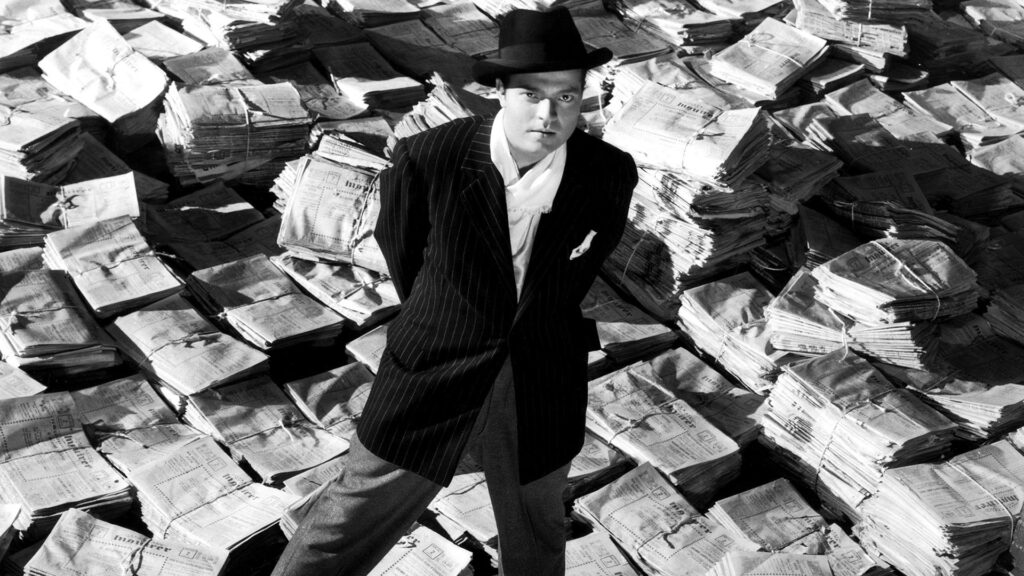
Sure, cinema historians will say that biopics have always been around, and they will cite The Execution of Mary Stuart as the very first example.
It had been produced by Thomas Edison in 1895 and it is no coincidence that it came out the same year as Sortie d’usine by the Lumière Brothers did. Cinema historians would be right – biographical films has always been a part of cinema, from the first films on western mythical figures (La reine Élizabeth of 1912, Julius Caesar by Enrico Guazzoni of 1914, Anna Boleyn by Lubitsch of 1920, to end with the majestic Napoléon by Gance of 1927) to the interest that grew, in the 1930s, on contemporary political themes (Disraeli of 1929, Young Mr. Lincoln of 1939) to the 1940s and the rising stars of music (Curtiz’s Night and Day on Cole Porter, The Glenn Miller Story) and sport (Somebody Up There Likes Me of 1956, on the life of Rocky Graziano). Quantitatively, biopics are an essential piece of cinema history.
One may wonder why, over the last fifteen years, so many biopics came out – mostly on rockstars. We saw archive oriented biopics – actual documentaries that make use of archive footage. They are usually quite precise, although a bit boring – and eagle-flight biopics, narrating the hero’s whole life (Respect, Walk the Line, Bohemian Rhapsody, Rocketman, Control, The Doors, Ray, The Lady Sings the Blues, The United States vs. Billie Holiday, Bird, Elvis…). Many good ones, and a few not as good. In general, this genre is weighed down by an arc story that can feel quite schematic: childhood and the discovery of talent, youth and the struggle for success, maturity and success, crisis and fall, occasional rebirth, occasional second fall, death. It feels like watching A Star Is Born again, only – there is no second protagonist, the rockstar cannibalizes himself. There’s a third genre, as well, the one-frame biopic, which is the story of a single episode. Usually, the story is more fictional, and there is appreciable inventiveness. My opinion is that the best biopics fall into this third genre. Coming to mind are Elvis & Nixon, Nico-1988, Stardust, One Night in Miami…, Last Days, The Queen… Many such films
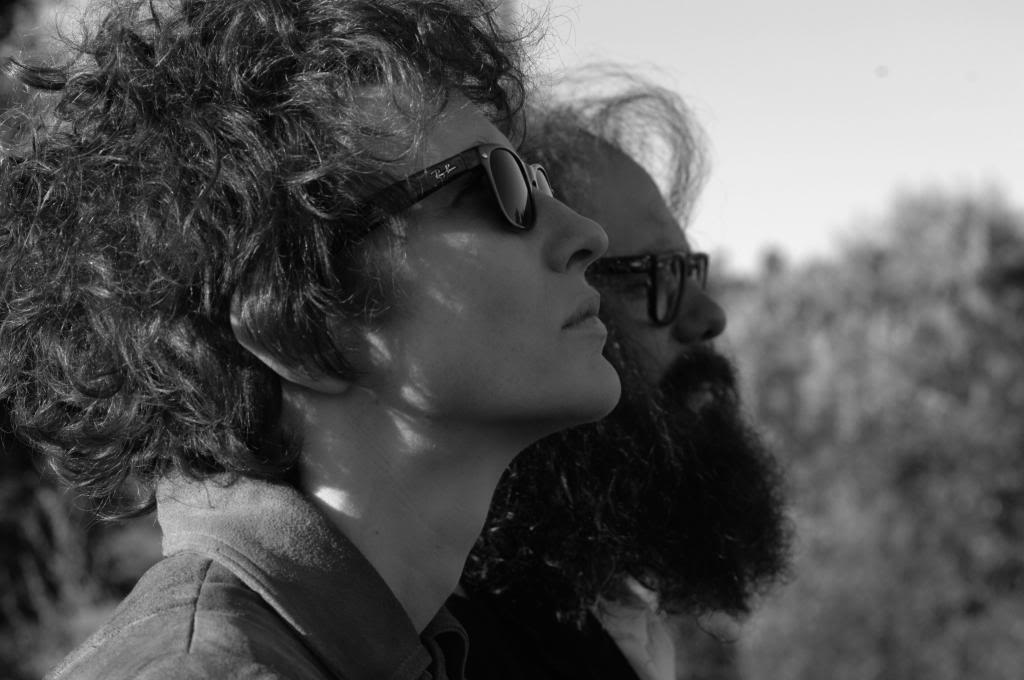
How does biopic become a legitimate genre, like, ontologically? Why are there so few studies, essays, such less interest and visibility when compared to western, noir, screwball comedy, gangster movies, and so on? Name three biopic masterpieces! – Well… that’s not an easy question… let me think about it…
Its legitimization as a genre has always been weak. Why? Because contamination with other genres has always been strong. Because the films on Custer, Buffalo Bill, or Jesse James are also legitimate westerns, because films on boxers or baseballers are sport films first, because, in the end, the real fiction is the filmmaker’s creation of an imaginative, fantastic, creative piece out of real life – which can be quite boring, as we all know. I have little doubt that two of the greatest biopics ever are two non-biopics, though they have been inspired by real lives, turned by imagination, depth, and malice into amazing movies: Citizen Kane and Todd Haynes’ movie on Bob Dylan: I’m Not There. Won’t you agree?
Featured image: Citizen Kane, Orson Welles, 1941 (still)
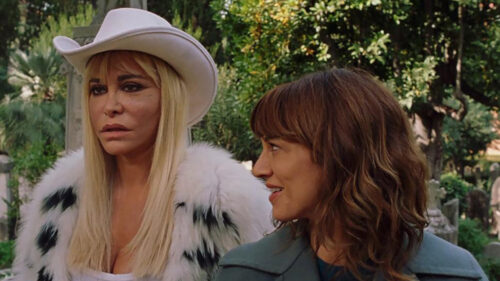
Vera Gemma, the daughter of famous Italian actor Giuliano Gemma and reality TV star, spends her time in the shadow of her dead father. To try and redeem herself from frivolous life, she ventures into Rome’s high society. Following a car accident she is involved in, an eight-...

GOLDEN LION VENEZIA 79
The protagonist of this documentary is photographer Nancy ‘Nan’ Goldin, famous for her explicit pictures and for the inseparability of her life and work. Her photo features influenced the work of countless photographers. She works especially w...

“Watched by all, seen by none”. A tempestuous journey into the life of Norma Jeane Baker – the legendary Marilyn Monroe – her loves, movies, and inner torment of a public person who had a conflictual relationship with her smothering status of celebrity. An unconvention...
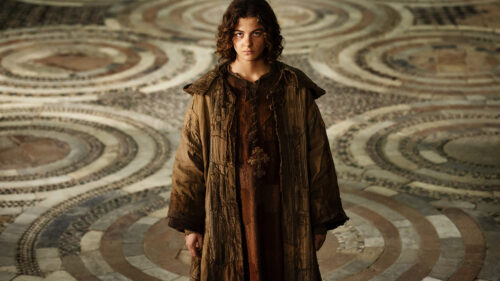
Assisi, central Italy, year 1211. Chiara (Margherita Mazzucco, My Brilliant Friend) is barely eighteen when one night, she leaves her family home and all her comforts to meet his friend, Francis (Andrea Carpenzano). For Chiara, the founder of the Poor Clares orders, t...

Inspired by real-life events – the story and legal troubles of poet and dramatist Aldo Braibanti – that took place in Italy in the late 1960s, the film depicts Braibanti’s trial. He had been accused of psychologically forcing into submission a student and friend of his, ...
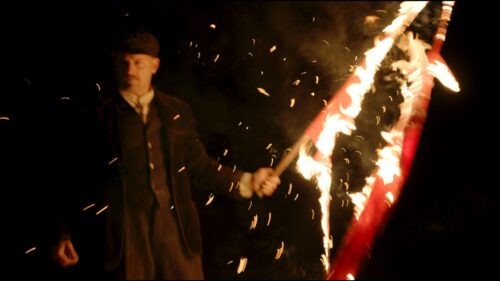
Abel Ferrara tells Padre Pio’s story when, at the end of World War I, young Italian soldiers go back to San Giovanni Rotondo. Church and rich landowners rule the economy of this poor and violent land, families are desperate and men are victorious but shattered. Padre Pio arr...
No results found.